
Options for Doors in a Cleanroom: Which Type is Right for You?
- By:hqt
- 2024-10-17
- 29
Imagine yourself stepping into a state-of-the-art research laboratory, where every instrument reflects the brilliance of the overhead fluorescent lights, and each surface gleams with a spotless, polished finish—pristine, untouched. Scientists and technicians, donning immaculate cleanroom attire, move through the space with precision and purpose. Amidst this perfectly controlled environment, there lies a seemingly mundane yet pivotal component that ensures the integrity and safety of the entire setup—doors. Yes, those seemingly ordinary structures, designed to swing or slide, play a crucial role in maintaining not just the sterility and security but also the operational efficiency of the environment. Choosing the most suitable Options for Doors in a Cleanroom for your cleanroom is a complex decision, one that can dramatically influence the space’s performance and long-term functionality. So, what are the various options available for cleanroom doors, and how do you determine which one aligns best with your unique requirements? Let's delve into these considerations.
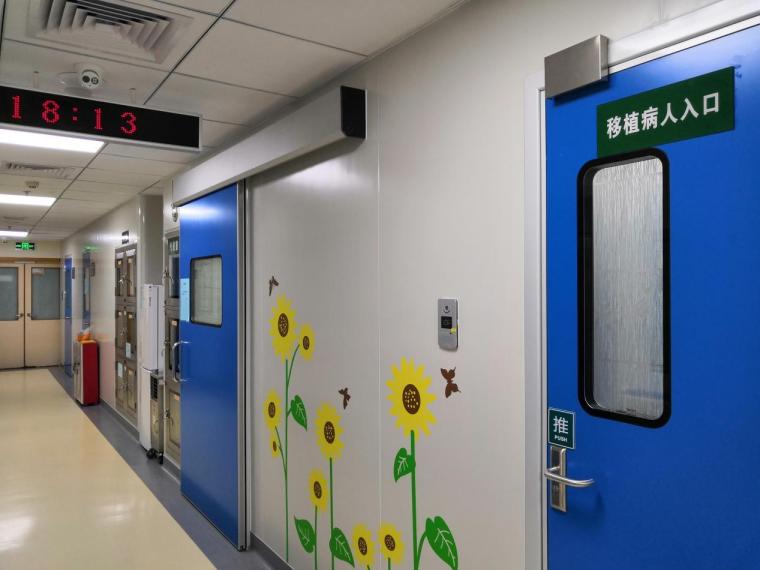
The Role of Options for Doors in a Cleanroom in Contamination Control
Functionality Beyond Just Entry and Exit Points
Cleanroom doors serve a purpose far greater than simply demarcating entry and exit pathways—they are vital components in the ongoing battle against contamination in highly controlled environments. These doors are meticulously designed to create an airtight seal, effectively blocking the entry of airborne particles, dust, and contaminants from infiltrating the cleanroom. Thus, they maintain the necessary sterility and pressure differentials required for a diverse range of applications. Be it in pharmaceuticals, hospitals, or semiconductor manufacturing, the right door can significantly impact operational efficiency by safeguarding the controlled environment against potential breaches and contamination risks.
Material Composition: Why It Matters
When considering the construction of cleanroom doors, material selection is paramount. Commonly used materials include stainless steel, which offers exceptional durability and resistance to harsh cleaning chemicals, making it a preferred choice for environments requiring rigorous sanitation protocols. Alternatively, fiberglass provides a lightweight and cost-effective option, ideal for facilities prioritizing easy installation and maintenance. Aluminum doors, on the other hand, present a versatile solution that balances structural integrity with aesthetic appeal. Choosing the appropriate material depends on factors like contamination sensitivity, frequency of cleaning, and exposure to chemicals.
Seals and Gaskets: The Backbone of Airtight Performance
Critical to the performance of cleanroom doors are the seals and gaskets used to eliminate even the slightest gaps through which air, dust, or contaminants could pass. These specialized components ensure that the door forms a perfect seal, thus maintaining consistent pressure levels and enhancing contamination control. Moreover, many advanced cleanroom doors come equipped with interlock mechanisms and electromagnetic locks, which prevent unauthorized access and keep the door securely closed when the cleanroom is in operation. Such features not only improve the overall functionality but also elevate the safety and security of the cleanroom environment.
Exploring Different Types of Options for Doors in a Cleanroom
1. Swing Doors: A Balance of Versatility and Simplicity
Swing doors are among the most commonly implemented door types in cleanroom settings, primarily due to their straightforward design and versatility. These doors, available in both manual and automatic variants, cater to a wide range of cleanroom applications. Constructed from materials such as stainless steel or fiberglass, swing doors are relatively easy to operate and maintain. They are often installed in less critical areas, such as general entryways and exits, where a simple yet effective barrier is needed to uphold cleanliness without compromising ease of use.
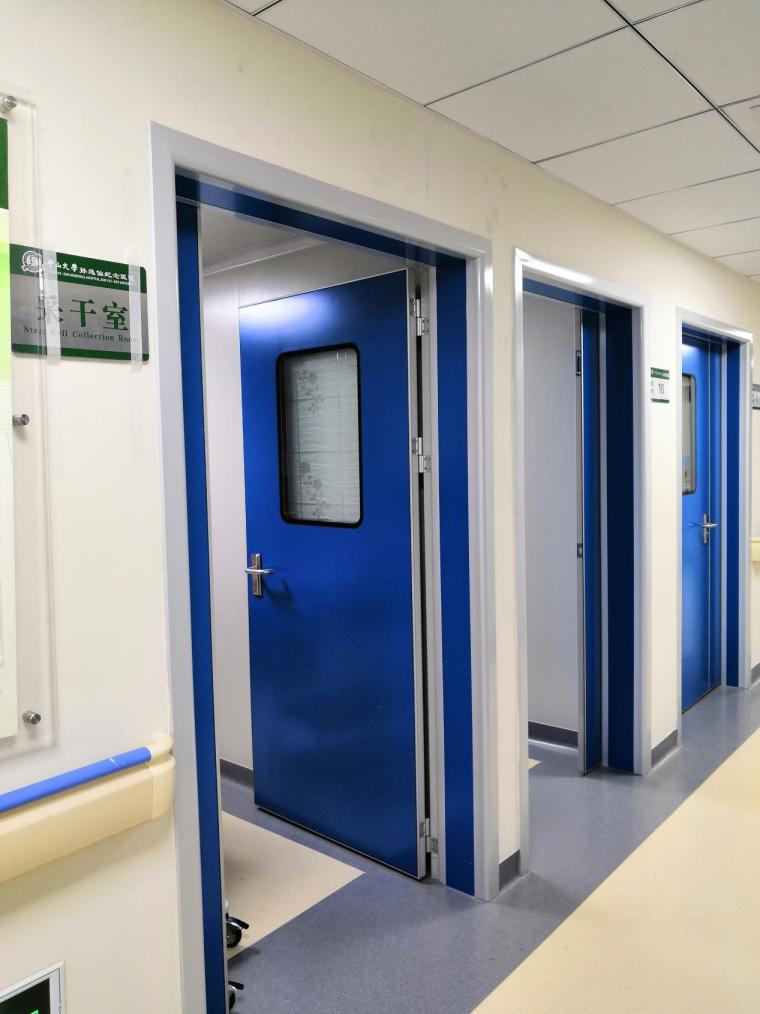
Why Swing Doors Might Be Ideal
Ease of Use and Installation: Their uncomplicated design translates to quick and hassle-free installation, minimizing disruptions to ongoing operations.
Diverse Material Options: From heavy-duty stainless steel to lightweight fiberglass, swing doors can be tailored to meet specific cleanliness requirements.
Cost-Effective Solution: Compared to more sophisticated door systems, swing doors offer a budget-friendly alternative while maintaining essential cleanroom standards.
Potential Limitations of Swing Doors
Despite their advantages, swing doors may not achieve the same level of airtight sealing as sliding or hermetically sealed doors. Additionally, the swinging action can disturb airflow patterns, making them less ideal for high-traffic areas or spaces with stringent contamination control requirements.
2. Sliding Doors: Maximizing Space and Efficiency
For cleanrooms where space optimization is crucial, sliding doors present a smart solution. Available in both manual and automated versions, these doors slide horizontally, thereby eliminating the need for clearance space required by swing doors. Typically constructed from durable materials such as glass, aluminum, or stainless steel, sliding doors can be integrated with interlock systems to ensure they remain closed when necessary, thus enhancing contamination control and overall security.
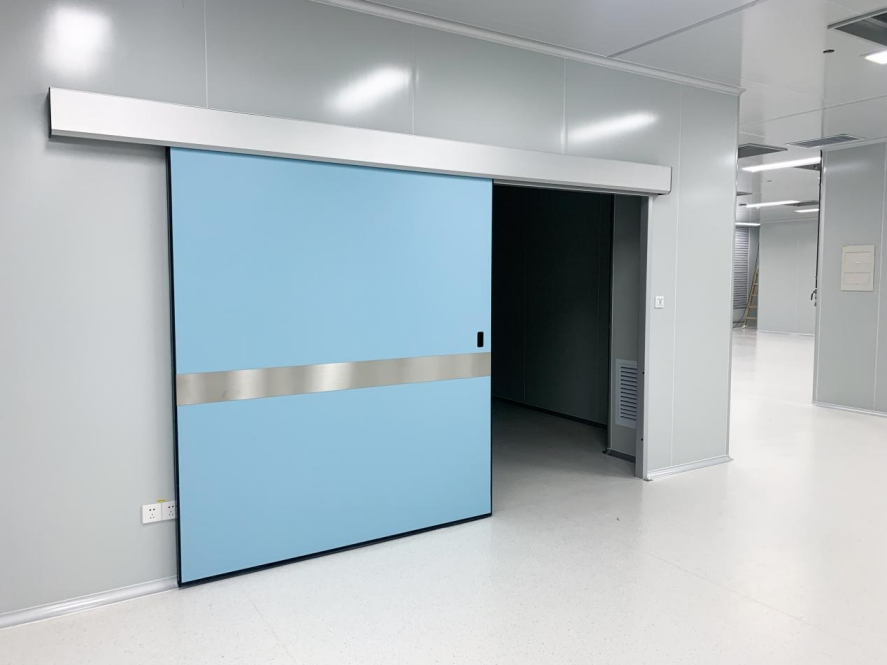
Why Choose Sliding Doors?
Space Efficiency: The horizontal sliding motion conserves space, making these doors perfect for narrow corridors and high-traffic areas.
Improved Sealing Capabilities: Sliding doors provide a tighter seal compared to swing doors, reducing air leakage and contamination risks.
Automation Options: Automated sliding doors enhance convenience and reduce manual contact, which is essential for maintaining cleanliness.
Challenges of Using Sliding Doors
Despite their advantages, sliding doors often require a more intricate installation process. Regular maintenance is essential to ensure the smooth operation of their mechanisms, particularly in automated models, which might add to long-term upkeep costs.
3. Hermetically Sealed Doors: Unparalleled Contamination Control
When the utmost level of contamination control is required, hermetically sealed doors are the ultimate choice. These doors are engineered to create a flawless seal, preventing any risk of air leakage or particulate infiltration. Frequently employed in environments such as pharmaceutical cleanrooms, operating rooms, and isolation chambers, hermetically sealed doors provide a robust solution for maintaining the highest standards of cleanliness and safety.
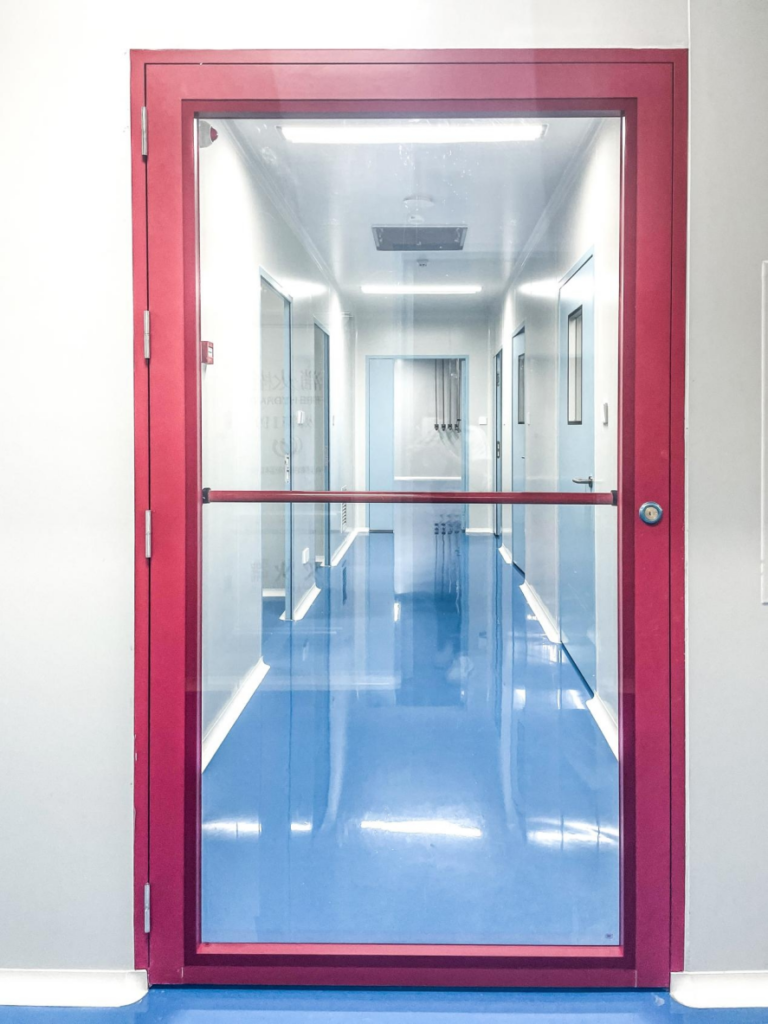
What Sets Hermetically Sealed Doors Apart?
Perfect Airtight Sealing: Hermetically sealed doors offer the best airtight performance, ensuring no contaminants can enter or exit the cleanroom environment.
Advanced Locking Mechanisms: Integration with interlocks and electromagnetic locks boosts security, ensuring the door remains shut when required.
Durable Construction for Demanding Uses: Built from premium materials like reinforced glass or stainless steel, these doors can withstand frequent cleaning and demanding conditions.
Drawbacks to Consider
The complexity and specialized features of hermetically sealed doors often come with a higher price tag. Furthermore, they require precise installation and calibration, which can add to the initial setup time and costs.
Selecting the Right Door for Your Cleanroom: Key Considerations
Assessing the Specific Needs of Your Facility
Before deciding which cleanroom door to install, you should thoroughly evaluate your facility's requirements. Factors to consider include cleanliness levels, the types of activities performed in the cleanroom, and the functionality required of the door. For example, a pharmaceutical cleanroom may prioritize features such as airtight sealing and chemical resistance. A hospital cleanroom, on the other hand, may prioritize ease of use and accessibility.
Partnering with a Trusted Supplier: E-ZONG
Working with a reputable supplier like E-ZONG can simplify the decision-making process. E-ZONG provides a wide range of cleanroom door solutions. Including steel doors, HPL doors, galvanized steel doors, glass doors, etc. Its products are designed to meet the needs of all areas of cleanrooms and hospitals. Such as entrances, operating rooms and isolation rooms.
Customization and Compliance
The ability to customize cleanroom doors to meet specific operational and regulatory standards is another vital aspect to consider. E-ZONG provides customized solutions that meet stringent cleanliness and safety standards. And with features such as interlocks, electromagnetic locks and specialized seals to maximize performance.
Final Thoughts
Choosing the ideal door for your cleanroom is about more than simply selecting a barrier between spaces. It involves a detailed evaluation of the safety, cleanliness, and efficiency required by your controlled environment. Whether your needs lean towards a basic swing door or a highly sophisticated hermetically sealed door, understanding your options and collaborating with a reliable Options for Doors in a Cleanroom supplier like E-ZONG can help ensure you make the best decision for your facility.
-
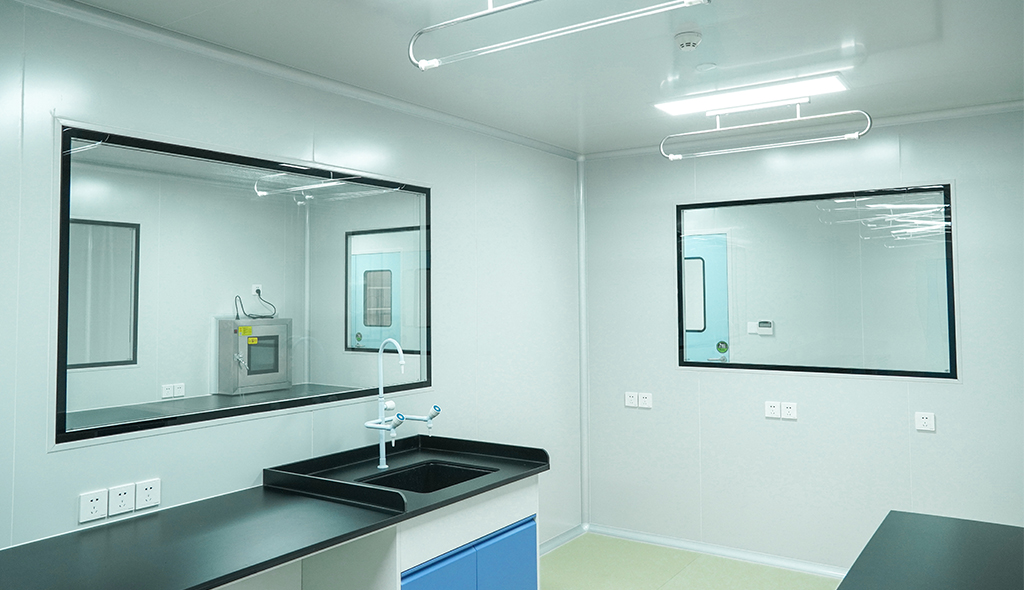 Cleanroom Glass Windows Are The Key to Maintaining a Clean Environment
Cleanroom Glass Windows Are The Key to Maintaining a Clean Environment -
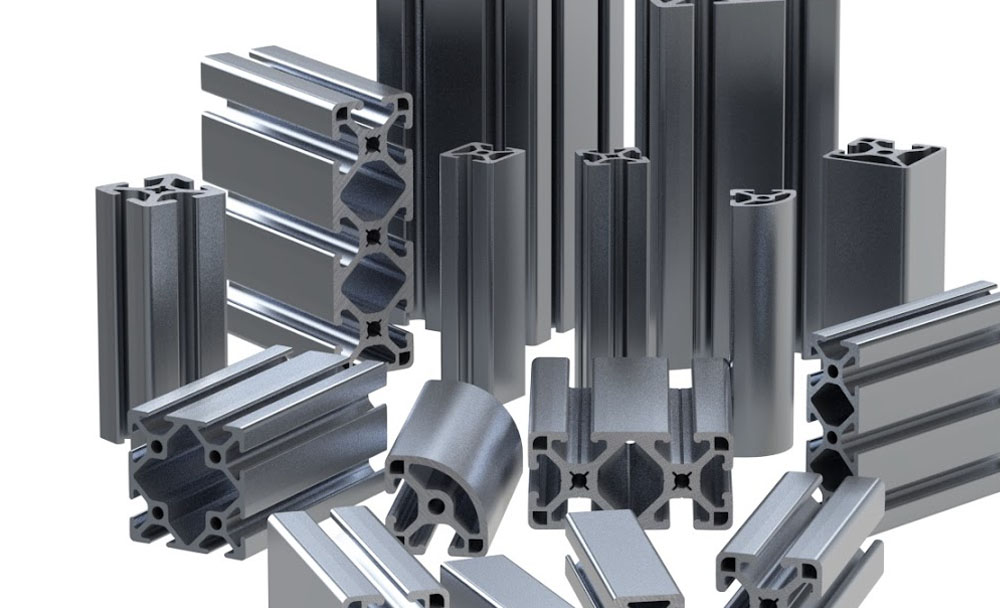 Top Aluminium Profile Manufacturers in China: Leading the Global Market
Top Aluminium Profile Manufacturers in China: Leading the Global Market -
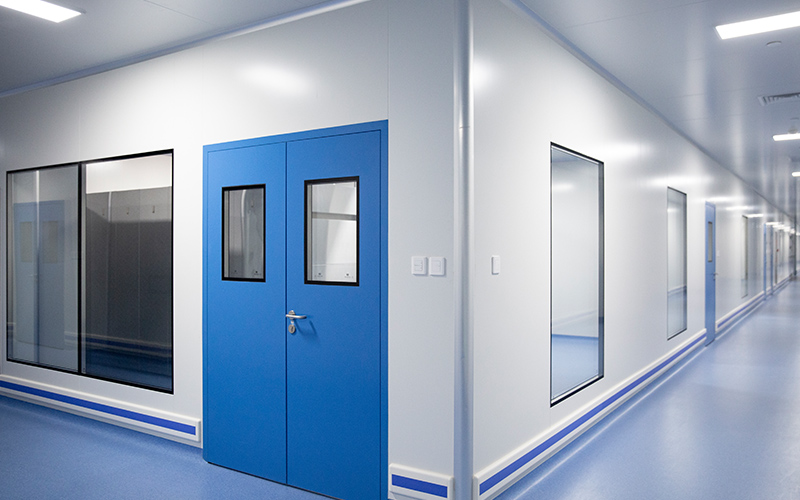 The Evolution of Air Tight Sliding Doors
The Evolution of Air Tight Sliding Doors -
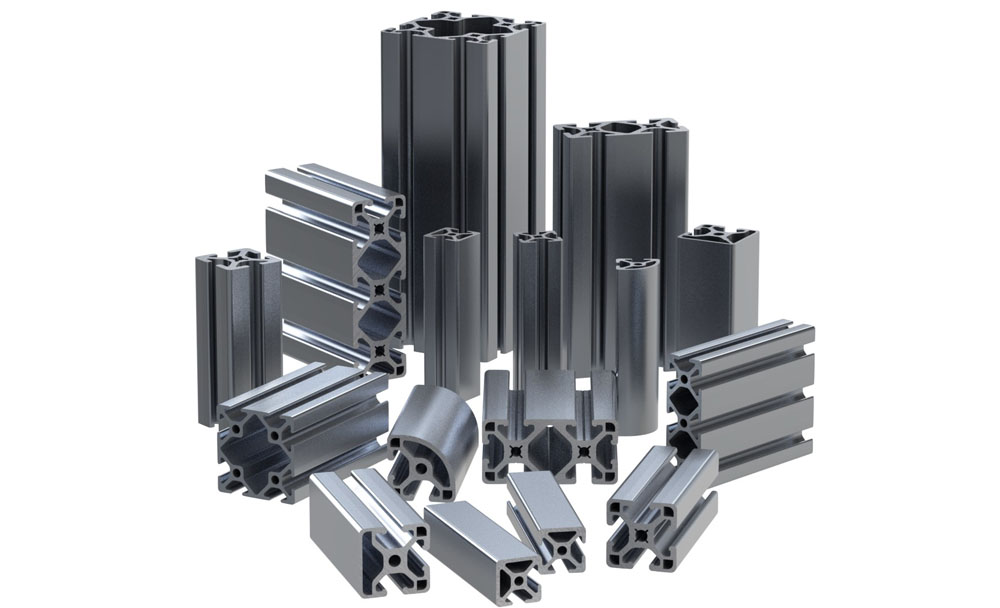 AHU Aluminium Profile: A Comprehensive Guide
AHU Aluminium Profile: A Comprehensive Guide -
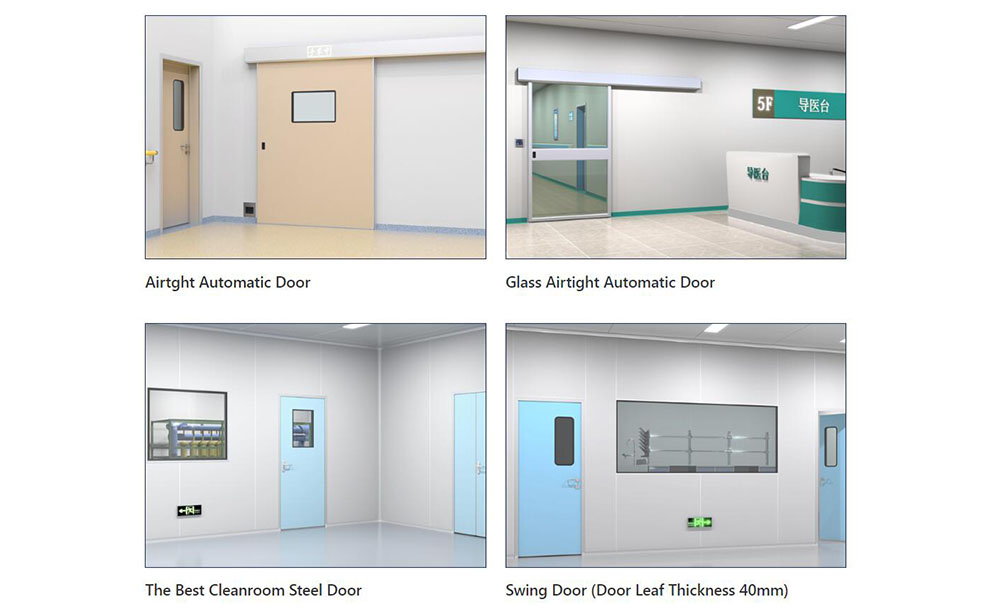 The Importance of Choosing the Right Cleanroom Door in Vietnam
The Importance of Choosing the Right Cleanroom Door in Vietnam -
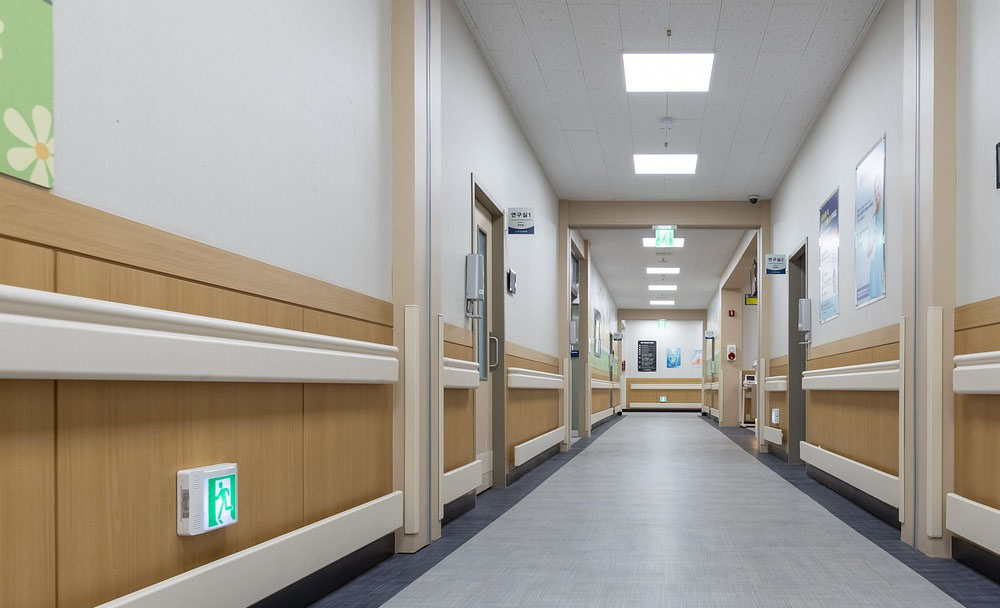 The Benefits of Hospital Automatic Doors: Enhancing Efficiency and Safety
The Benefits of Hospital Automatic Doors: Enhancing Efficiency and Safety -
.jpg) The Best Bathroom Door Manufacturers - Unlocking Endless Possibilities!
The Best Bathroom Door Manufacturers - Unlocking Endless Possibilities! -
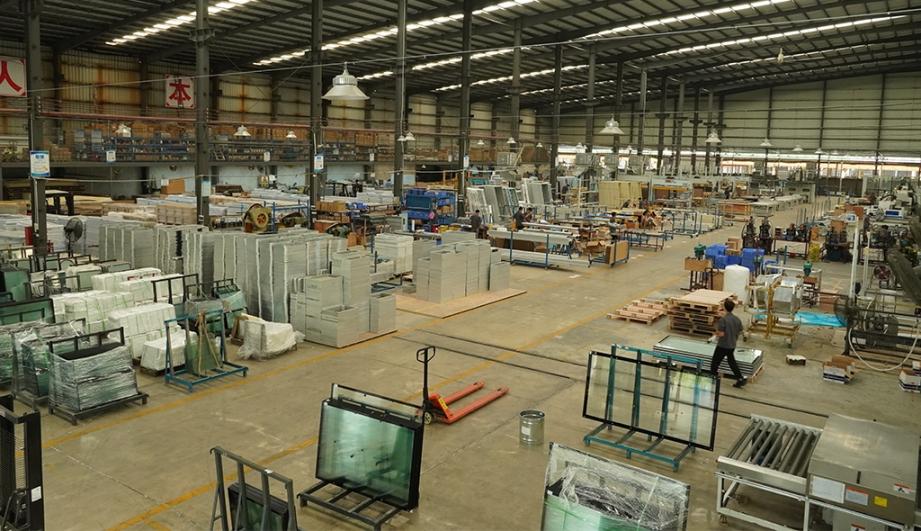 Unlock the Possibilities with AJ Manufacturing Doors
Unlock the Possibilities with AJ Manufacturing Doors -
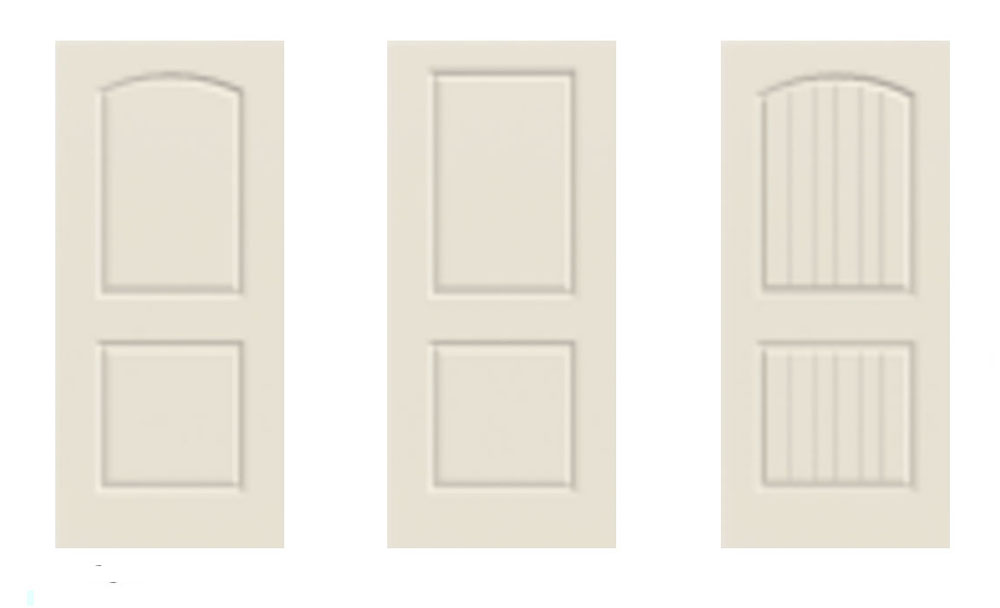 Make a Statement with Manufactured Home Interior Doors!
Make a Statement with Manufactured Home Interior Doors! -
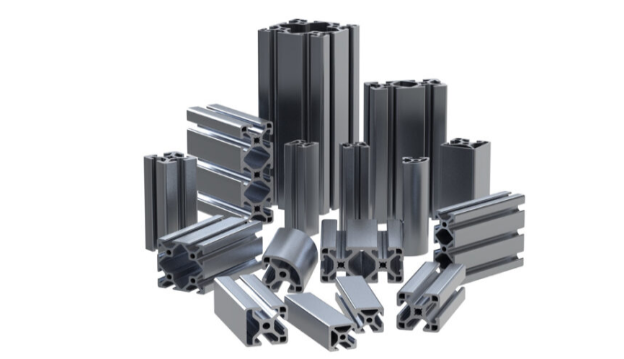 what is aluminum profile? Aluminum Profiles for Your Home is the best option
what is aluminum profile? Aluminum Profiles for Your Home is the best option
-
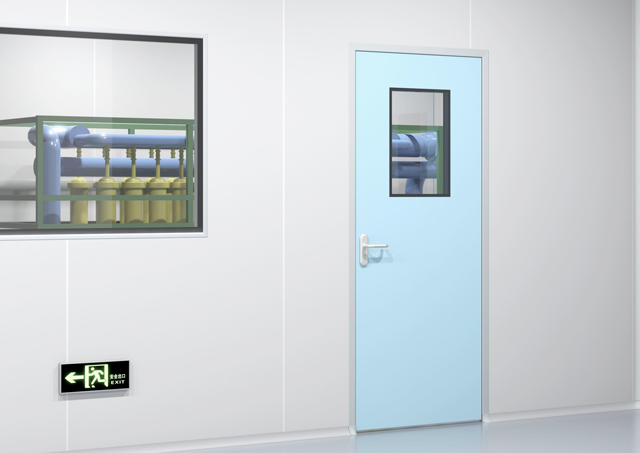 Next-Gen Medical Cleanroom Access: Introducing the Cleanroom Steel Door Solution
Next-Gen Medical Cleanroom Access: Introducing the Cleanroom Steel Door Solution -
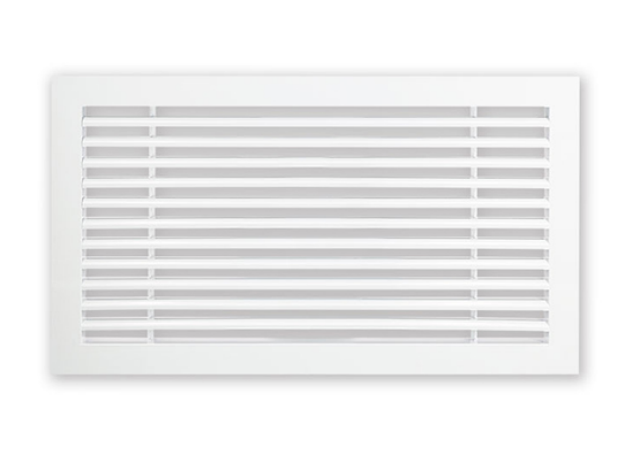 Linear Bar Grille Air Conditioning Diffuser with 0° Angle Blades for Perfect Airflow
Linear Bar Grille Air Conditioning Diffuser with 0° Angle Blades for Perfect Airflow -
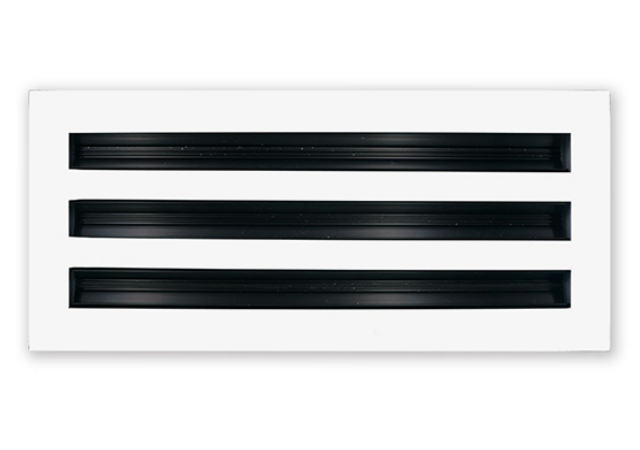 The Sleek and Efficient Linear Slot Diffuser for Air Vent
The Sleek and Efficient Linear Slot Diffuser for Air Vent -
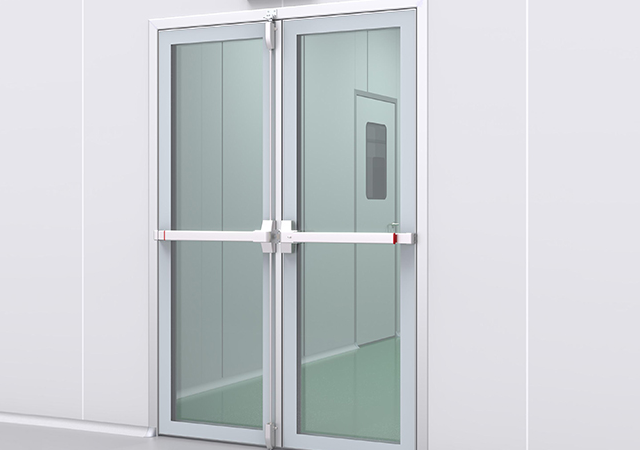 Double-Swing Glass Doors - Modern Laboratory Cleanroom Doors
Double-Swing Glass Doors - Modern Laboratory Cleanroom Doors -
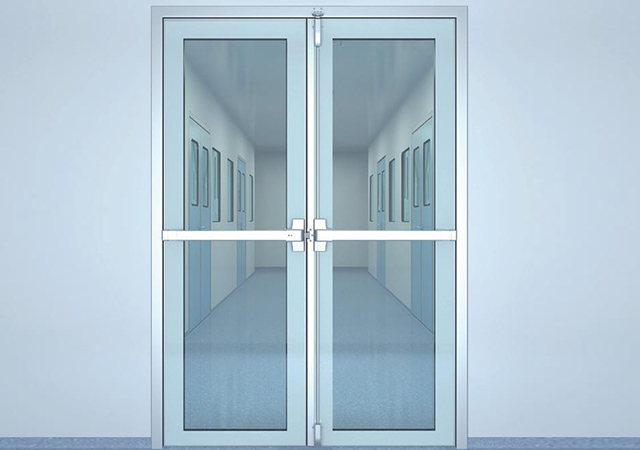 Superior Aluminium Glass Swing Door - Pharmaceutical Cleanroom Door
Superior Aluminium Glass Swing Door - Pharmaceutical Cleanroom Door -
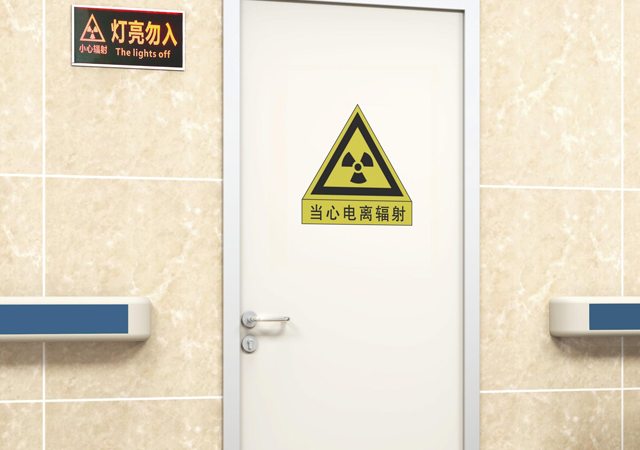 E-ZONG Leads the Way in China's Medical Lead Protection Doors: Innovation for Safety and Efficiency
E-ZONG Leads the Way in China's Medical Lead Protection Doors: Innovation for Safety and Efficiency -
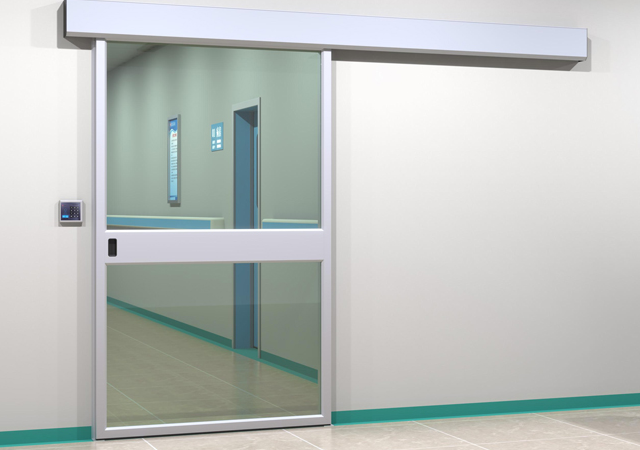 E-ZONG: Leading the Suppliers of Glass Airtight Automatic Doors for Safer, Cleaner Spaces
E-ZONG: Leading the Suppliers of Glass Airtight Automatic Doors for Safer, Cleaner Spaces -
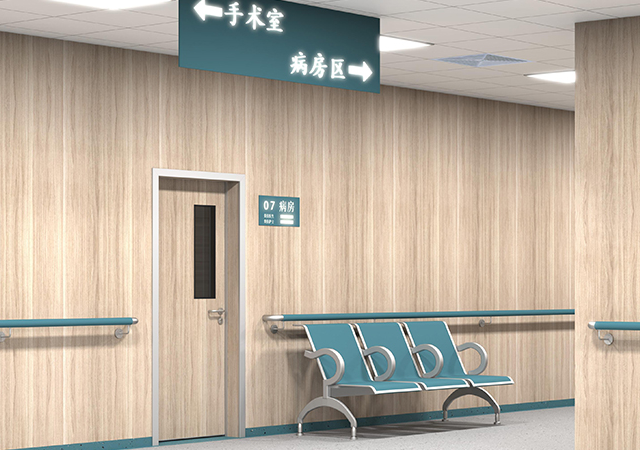 How Wall Air-Tight Swing Doors Ensure Clean Environments With Secure & Silent
How Wall Air-Tight Swing Doors Ensure Clean Environments With Secure & Silent -
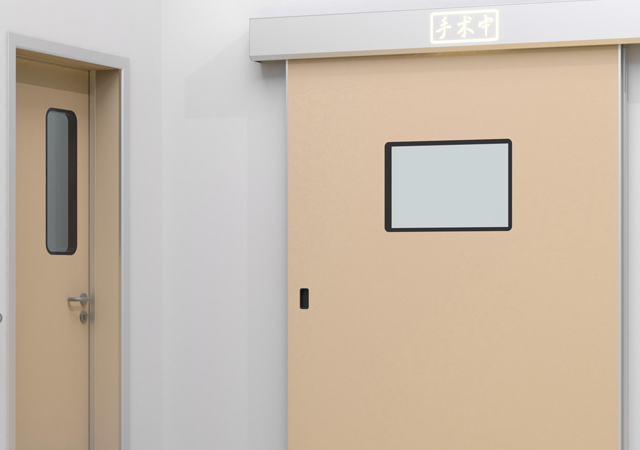 Seamless Automatic Cleanroom Sliding Doors: Smooth, Safe, and Hygienic Solutions
Seamless Automatic Cleanroom Sliding Doors: Smooth, Safe, and Hygienic Solutions -
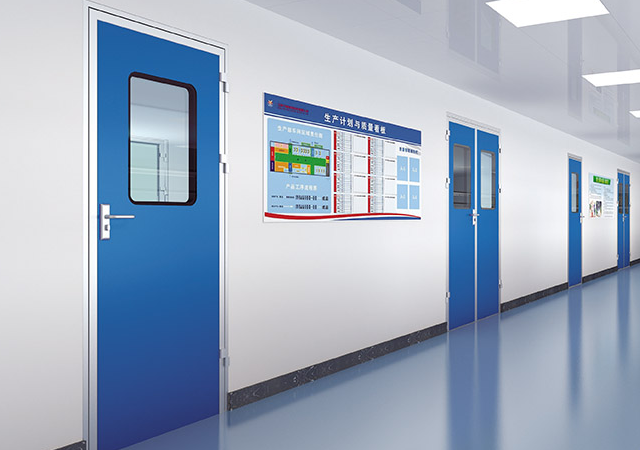 Elegant & Durable: Premium Swing Door Protection for Hospitals
Elegant & Durable: Premium Swing Door Protection for Hospitals

Guangzhou Yizhong Aluminum Industry Co., Ltd.
We are always providing our customers with reliable products and considerate services.
We are always providing our customers with reliable products and considerate services.
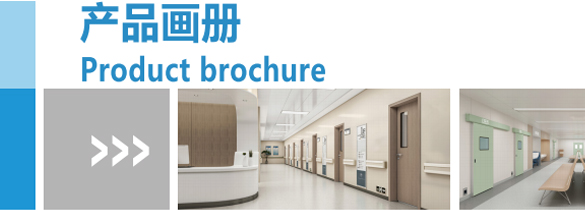
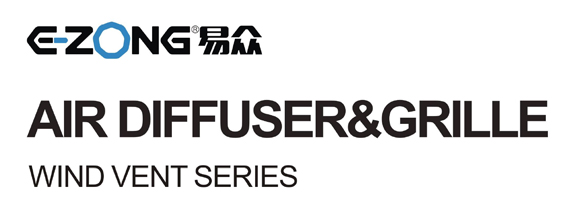

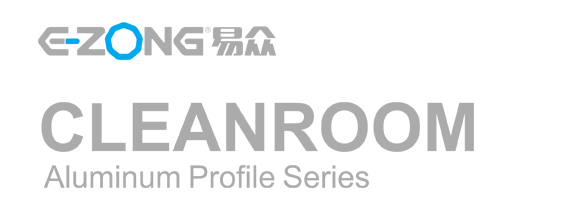






Speak Your Mind